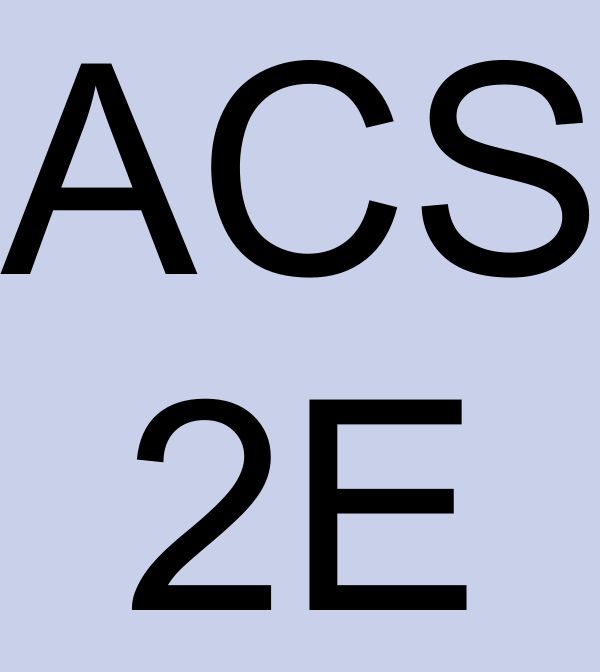Skip to main content\(\newcommand{\dollar}{\$}
\DeclareMathOperator{\erf}{erf}
\DeclareMathOperator{\arctanh}{arctanh}
\DeclareMathOperator{\arcsec}{arcsec}
\newcommand{\lt}{<}
\newcommand{\gt}{>}
\newcommand{\amp}{&}
\definecolor{fillinmathshade}{gray}{0.9}
\newcommand{\fillinmath}[1]{\mathchoice{\colorbox{fillinmathshade}{$\displaystyle \phantom{\,#1\,}$}}{\colorbox{fillinmathshade}{$\textstyle \phantom{\,#1\,}$}}{\colorbox{fillinmathshade}{$\scriptstyle \phantom{\,#1\,}$}}{\colorbox{fillinmathshade}{$\scriptscriptstyle\phantom{\,#1\,}$}}}
\)
Activity 2.4.2.
Let
\(h(x) = \sec(x)\) and recall that
\(\sec(x) = \frac{1}{\cos(x)}\text{.}\)
(a)
What is the domain of
\(h\text{?}\)
(b)
Use the quotient rule to develop a formula for
\(h'(x)\) that is expressed completely in terms of
\(\sin(x)\) and
\(\cos(x)\text{.}\)
(c)
How can you use other relationships among trigonometric functions to write
\(h'(x)\) only in terms of
\(\tan(x)\) and
\(\sec(x)\text{?}\)
(d)
What is the domain of
\(h'\text{?}\) How does this compare to the domain of
\(h\text{?}\)

